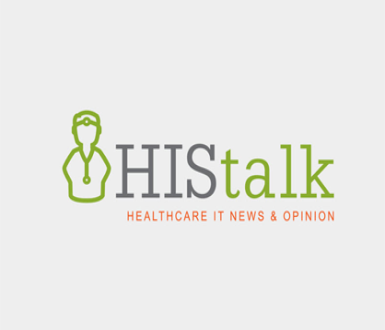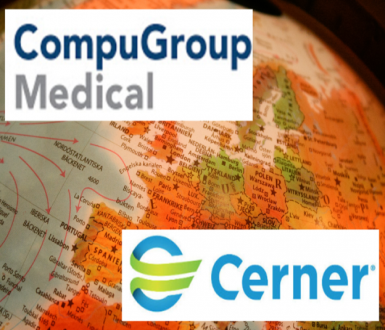EHR Supplier Base in EMEA Consolidates


Alex Green
Published: January 18, 2021 In The News
15th January 2021 – Written by Alex Green – Featured on HIS Talk – Signify Research says the EHR market in Europe and EMEA in 2020 was better than in the US, which declined due to COVID-related financial challenges. It also notes that consolidation is picking up in Europe, with Dedalus acquiring Agfa’s HCIS business, CompuGroup Medical buying parts of Cerner’s non-Millennium assets, and the merger of big Nordics vendors Tieto and EVRY.
You may also like


